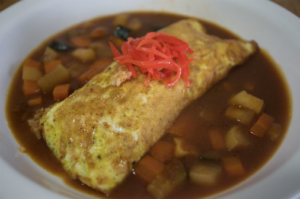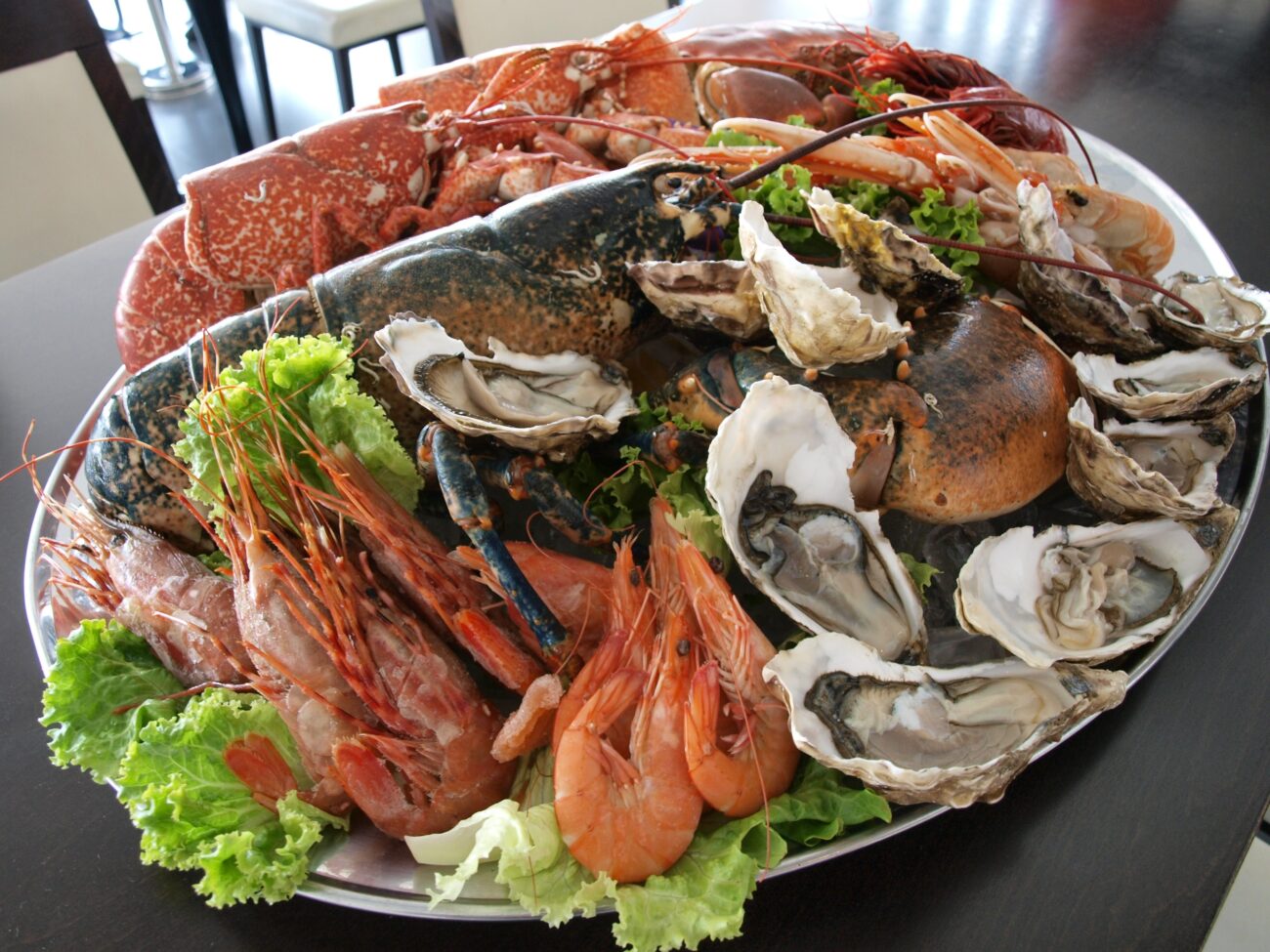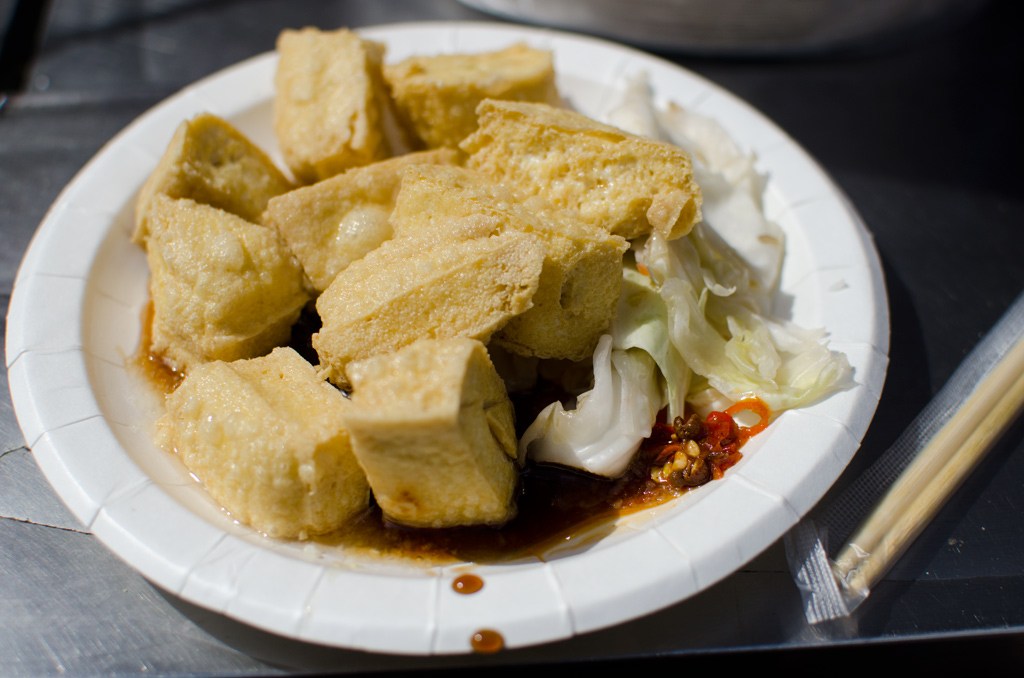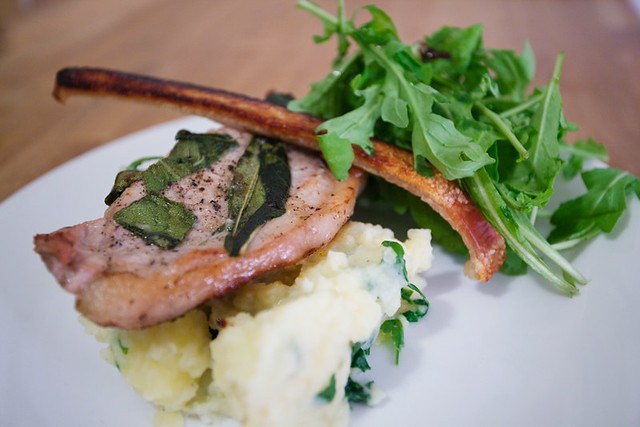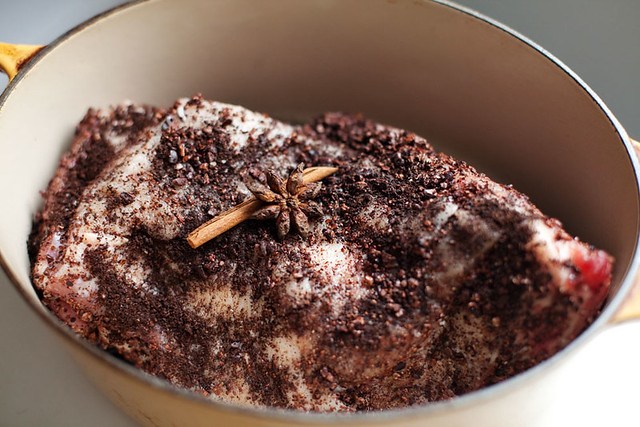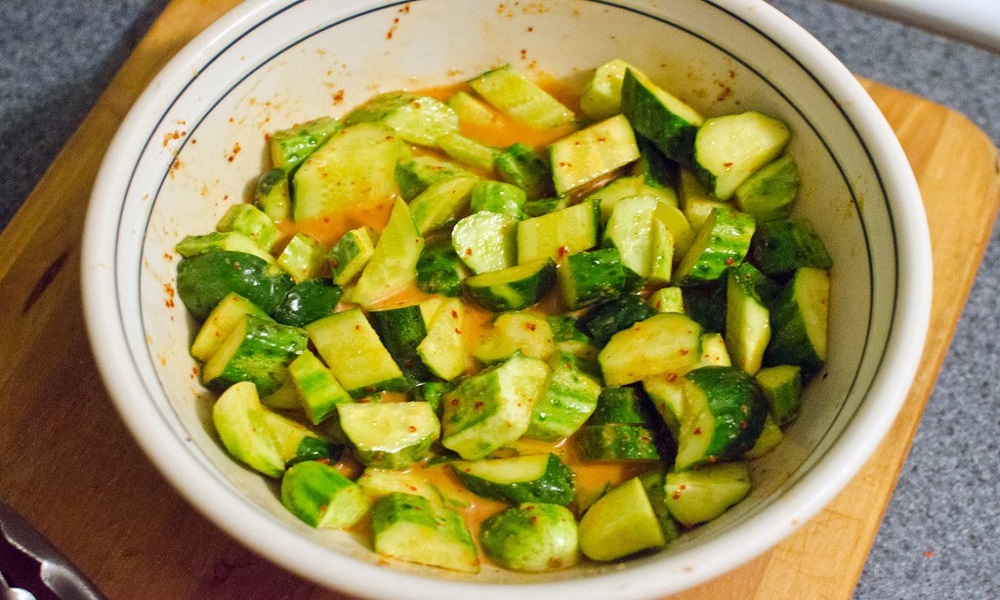Japan’s luxury hotels have cracked the code on transforming seasonal fruit into pure culinary theater. Melon becomes the star performer, Shine Muscat grapes play supporting roles, and afternoon tea turns into an art form worth queuing for.
Four major hotels across Tokyo and Osaka showcase these fruit-forward experiences, each crafting their own interpretation of edible luxury. The presentations rival gallery installations—whole melons carved into serving vessels, three-tiered stands stretching skyward like delicate sculptures, pastries that photograph better than most Instagram feeds.
Premium Positioning Hits Different Price Points
The Ritz-Carlton Tokyo commands the highest stage at ¥9,400 per person on weekends, featuring their Melon & Watermelon Afternoon Tea with Renaissance-inspired mocktails. Hotel Century Southern Tower offers accessibility at ¥5,000, proving luxury doesn’t always demand mortgage payments.
Each venue sources ingredients like prize fighters selecting opponents.
Tokyo Dome Hotel’s Artist Café sits 150 meters above the city, showcasing Shine Muscat grapes from Nagano Prefecture alongside creative melon preparations. Nagano’s reputation for grape perfection isn’t accidental—these clusters develop concentrated sweetness that justifies premium pricing across Tokyo’s competitive fruit markets.
Centara Grand Hotel Osaka breaks new ground with their debut Whole Melon Fruit Sandwich. Picture this: hollowed melon filled with whipped cream, mango, and passion fruit, then sliced to reveal colorful interior architecture. The reveal rivals any magic trick.
Cultural Fusion Creates Something Entirely New
These afternoon teas represent sophisticated cultural adaptation rather than simple menu updates. British afternoon tea traditions merge with Japanese reverence for seasonal ingredients and obsessive presentation standards. Each pastry reflects Japan’s mono no aware—finding profound beauty in fleeting seasonal moments.
Innovation extends beyond sweet territory into unexpected savory combinations. Melon and prosciutto caprese demonstrates sophisticated flavor pairing, while melon gazpacho pushes creative boundaries that would challenge Western palates yet feel natural within Japan’s experimental culinary landscape.
Hotel pastry teams approach these limited-time offerings like curators planning seasonal exhibitions, available only during peak fruit seasons from May through October. Scarcity creates urgency among food enthusiasts and tourists seeking authentic Japanese luxury experiences.
The Economics of Edible Art
Shine Muscat grapes cost up to $100 per bunch in Tokyo department stores.
This pricing reflects more than ingredient costs—it represents cultural significance of perfect seasonal produce. These afternoon teas succeed because they tap multiple cultural currents: Japan’s fruit gifting traditions, social media culture, and growing appetite for unique dining experiences.
Reservations fill rapidly, particularly weekend slots offering prime city views and optimal photo opportunities. Hotels increasingly compete on experience rather than accommodation alone, creating destination dining that attracts locals alongside international visitors. While Dubai claimed top culinary destination last year, Japan is vying for the spot.
These afternoon teas function as cultural ambassadors, introducing visitors to Japanese seasonal appreciation while delivering familiar comfort through tea service format. The fusion feels natural rather than forced, creating something entirely new from two established traditions.
As autumn approaches and melon season concludes, these limited-time offerings remind diners that memorable meals often capture fleeting moments. In Japan’s luxury hotels, afternoon tea becomes celebration of impermanence—and impermanence makes each bite more precious. If you want to cross this experience off your bucket list, make sure to travel smart and pack the right travel gadgets for a painless trip..




